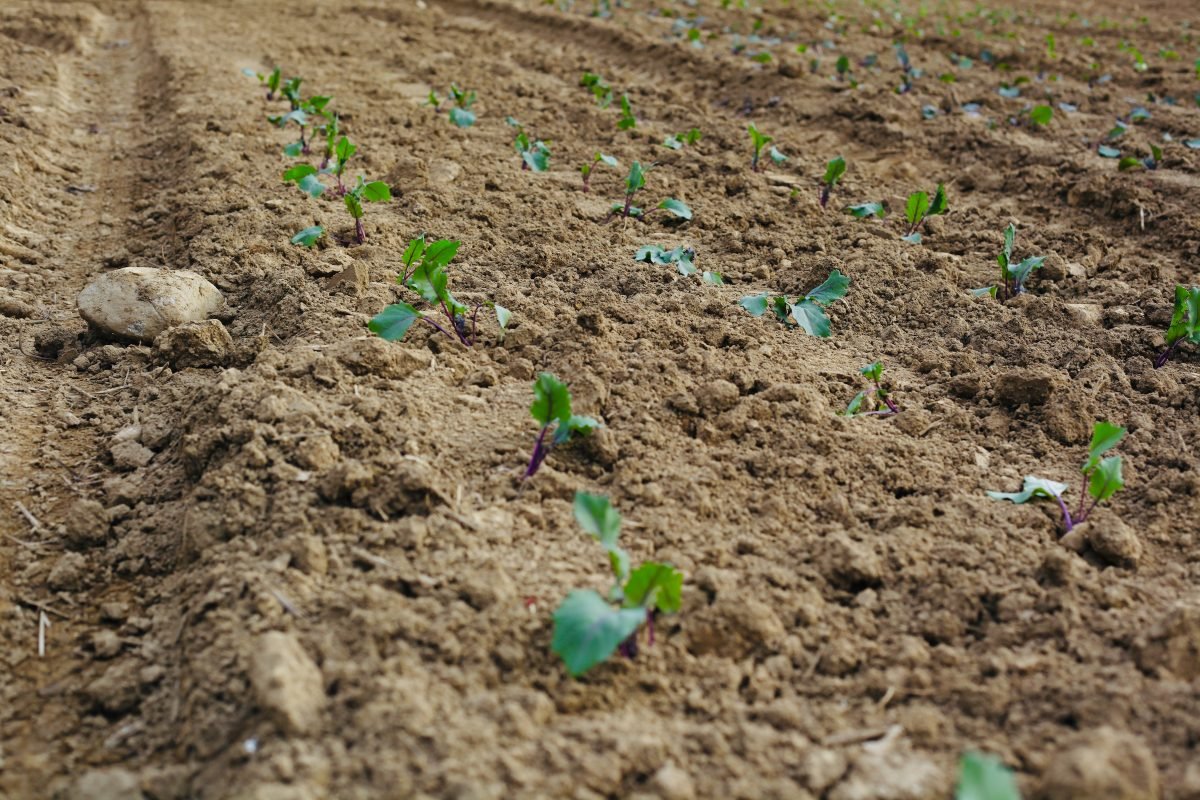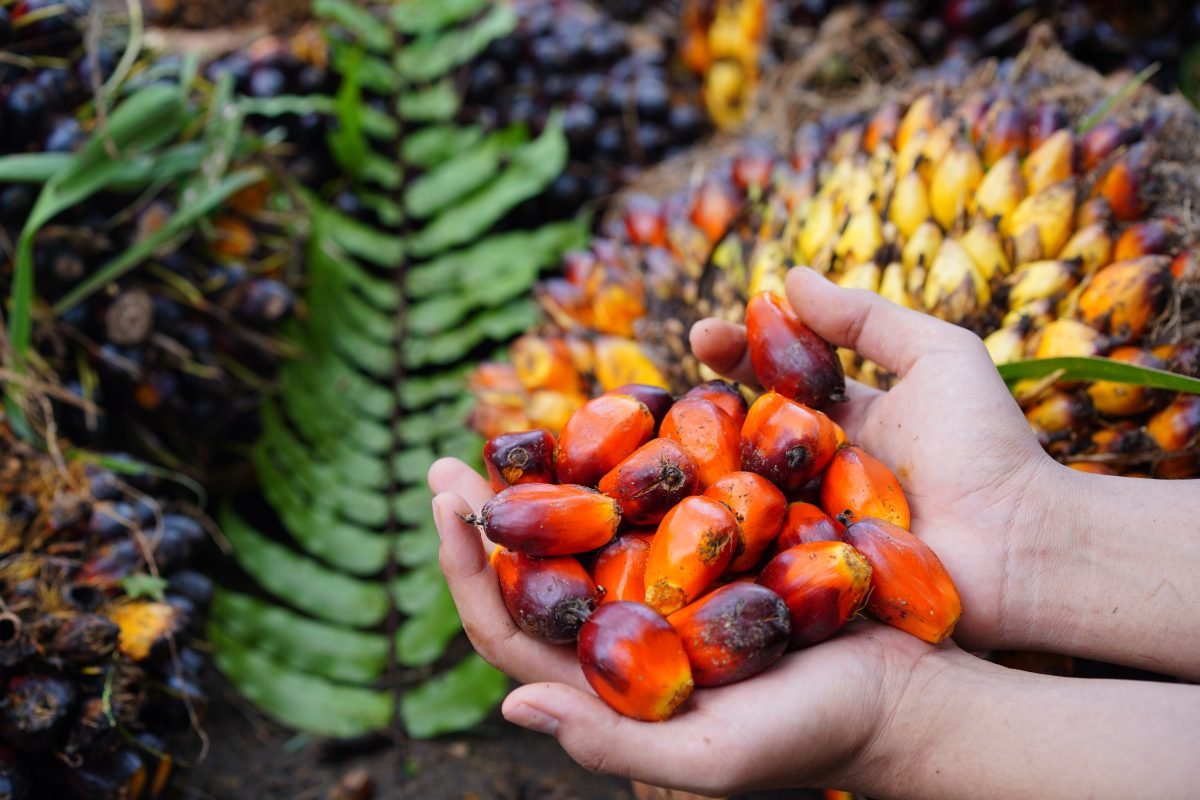Before I did my research, my mind was wandering about the wonders of the palm tree, imagining myself in a sunflower field. But in reality, we know it doesn’t work that way. I didn’t know what I was missing out on until I started researching.
It all started with an argument over a bottle of oat milk at the store, which prompted me to sign up for weekly emails from Dr. Perlmutter. I thought the oat milk I bought was the healthiest one, but when I checked the ingredients, I noticed that it contained rapeseed oil. “It’s okay,” I thought, “I don’t drink it too much, it can’t be that bad.”
Then, I read Dr. Perlmutter’s email, which discussed the link between inflammation and oils, and I was immediately awed by it. I decided to do my own research, and it turns out that he was right.
To be honest, I used to like seeds.
The sound of seeds cracking open was always so yummy to me. And vegetable oil? How could something with the word “vegetable” in it be dangerous?
And palm and sunflower oils? Beautiful trees, lovely yellow flowers – there’s surely no harm in these, right?
What’s wrong with that picture? What is that doing to us?
💣 When we consume seed oils high in linoleic acid, this omega-6 fat becomes incorporated into every cell in our body.
💣 The breakdown process of fatty acids, especially polyunsaturated fats like omega-6, occurs much more rapidly. This results in the formation of free radicals. When a fatty acid oxidizes, it loses an electron. If there aren’t enough antioxidants present, oxidative stress occurs, leading to inflammation.
💣 Seed oils and plant-based oils, due to their high omega-6 content, may pose a threat to our health because of their pro-inflammatory nature. The primary concern lies in the fatty acids present in these oils.
💣 Fatty acids are the main components of fats and oils, which are generally safe when consumed in small, evolutionarily consistent amounts. However, consuming them in excess can lead to various health problems.
💣 Most real whole foods, which are often advocated for, contain only 1-2%, perhaps up to 3%, linoleic acid. In contrast, seed oils can contain as much as 70-75% linoleic acid. Sunflower oil is comparable, while soybean oil isn’t far behind. Other oils, such as canola, corn, cottonseed, and peanut oils, range between 20-25% and 50-60% linoleic acid.
💣 HNE is a molecule, an aldehyde. You may have heard of aldehydes from things like cigarettes and formaldehyde and usually not something we want to be consuming. A lot of HNE is generally recognized as the most toxic aldehyde. It’s able to cause damage not just locally but travel for distances in our bodies and cause damage elsewhere.
💣 Not surprisingly, HNE is derived from one source and one source only and that’s OMEGA-6 FATS. And omega – fats are overwhelmingly from seed oils. HNE seems to be linked to a number of diseases and pathologies such as obesity and weight gain. The more HNE that you have circulating around your blood, it seems to break something and that breakage causes the metabolic rate to slow.
💣 Here is good associate data where an experiment took lean athletic individuals, obese individuals, and average individuals. And the obese individuals had the highest levels of HNE, the lean athletes had the lowest levels of HNE, and the average individuals had something in between.

Squeezing Out Sustainability: The Environmental Impact of Oil Crop Production
🌱 Globally vegetable oils are the most consumed food in the world.
🌱 When you look at how much land the oil crops have, it’s more than vegetables, fruits, legumes all combined!
🌱 When you cut trees in the rain forest to make rooms to grow foods that harm us, that’s not just a system that does make any sense!
🌱 According to the United States Department of Agriculture (USDA), in 2021, the US alone produced around 4.5 billion bushels of soybeans, which is equivalent to around 115 million metric tons. This huge quantity of soybean production requires large amounts of land, water, and other resources.
🌴 Palm oil is known to have a high yield per hectare and requires less land than other oil crops to produce the same amount of oil.
🌴 However, one of the main environmental concerns associated with palm oil is the large-scale deforestation and habitat destruction that occurs when rainforests and other natural ecosystems are cleared to make way for palm oil plantations.
🌴 Palm oil is primarily produced in countries that lie near the equator, such as Indonesia and Malaysia, where large areas of rainforest have been cleared to create palm oil plantations.
🌴 The rapid expansion of palm oil production has resulted in the destruction of critical habitat for endangered species such as orangutans, tigers, and elephants, as well as the loss of carbon-rich forests, which contributes to climate change.
🌴 Furthermore, the production of palm oil often involves the use of pesticides, herbicides, and fertilizers, which can pollute waterways and harm local ecosystems and lead to inflammation.





